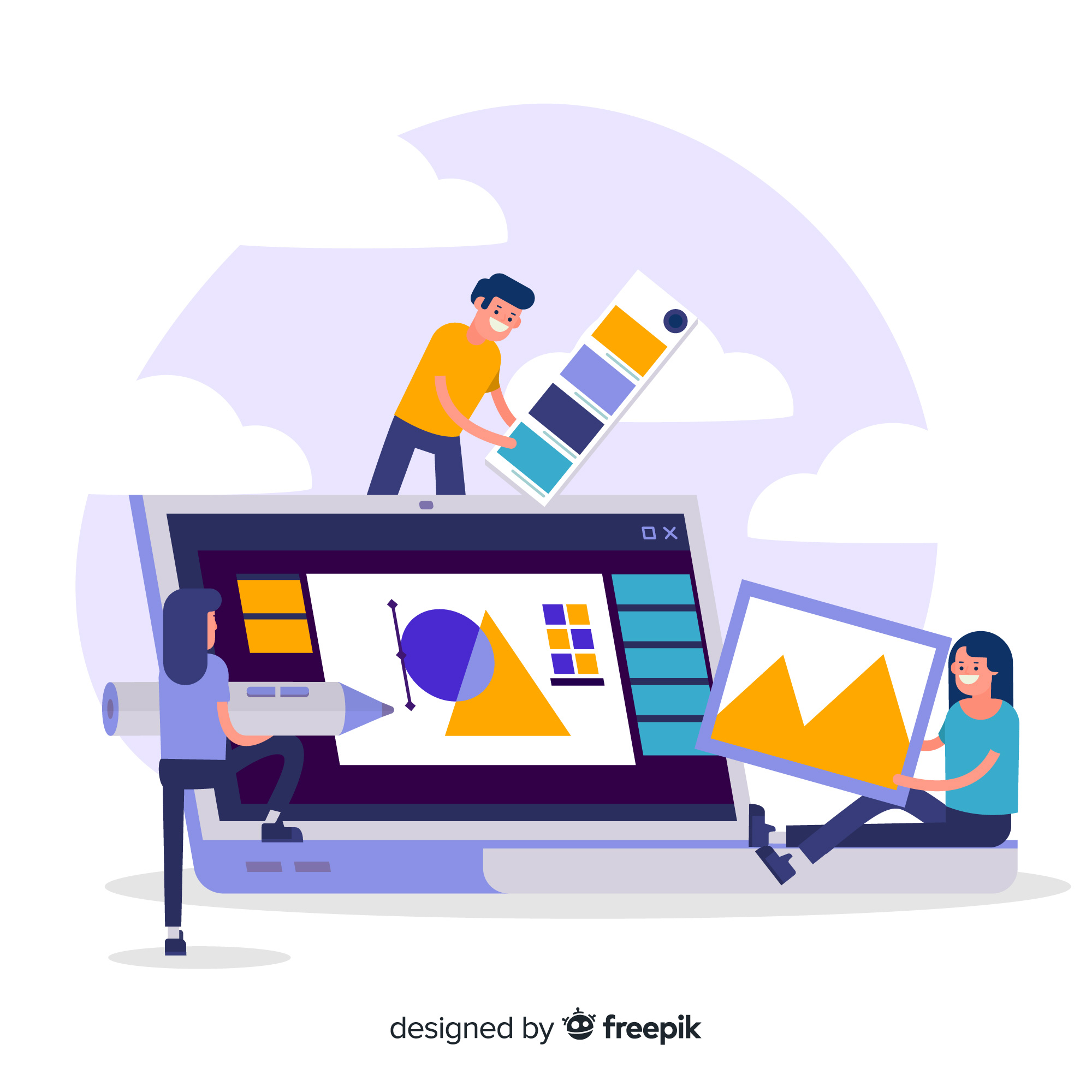Computer Graphics is an important subject that is often included in computer science and engineering programs, including those offered by MSBTE. Here is a general overview of Computer Graphics as it may be covered in an MSBTE curriculum:
Introduction to Computer Graphics: Understanding the basics of computer graphics, its applications, and the fundamental concepts involved in creating and manipulating graphical images on a computer.
Graphics Systems and Hardware: Exploring the different components of a computer graphics system, including display devices, input devices, graphics processors, and their functionalities.
2D Graphics: Studying the concepts and algorithms related to 2D graphics, including basic primitives (points, lines, and polygons), transformations (translation, rotation, scaling), and techniques for drawing and rendering 2D images.
3D Graphics: Understanding the concepts and algorithms for representing and manipulating 3D objects in computer graphics. Topics may include 3D coordinate systems, transformations, projections, and techniques for rendering 3D scenes.
Raster Graphics and Scan Conversion: Learning about raster graphics systems, scan conversion algorithms for transforming geometric primitives into pixel representations, and related topics like anti-aliasing and color interpolation.
Clipping and Hidden Surface Removal: Exploring algorithms for clipping geometric primitives against viewports and performing hidden surface removal to determine which objects or parts of objects are visible in a scene.
Shading and Illumination Models: Understanding various shading and illumination models used in computer graphics, including flat shading, Gouraud shading, Phong shading, and techniques for simulating lighting effects.
Texture Mapping: Learning about texture mapping techniques, including the application of images or patterns onto 3D objects to enhance their appearance and realism.
Animation and Keyframing: Studying techniques for creating animations in computer graphics, including keyframing, interpolation, and motion control.
Graphics Libraries and APIs: Introduction to graphics libraries and application programming interfaces (APIs) commonly used in computer graphics, such as OpenGL or DirectX.
It's important to note that the specific topics and depth of coverage in the Computer Graphics course may vary depending on the curriculum of your MSBTE program. I recommend referring to your program's syllabus or consulting with your instructors for detailed information about the Computer Graphics course and its specific contents within your MSBTE program.



